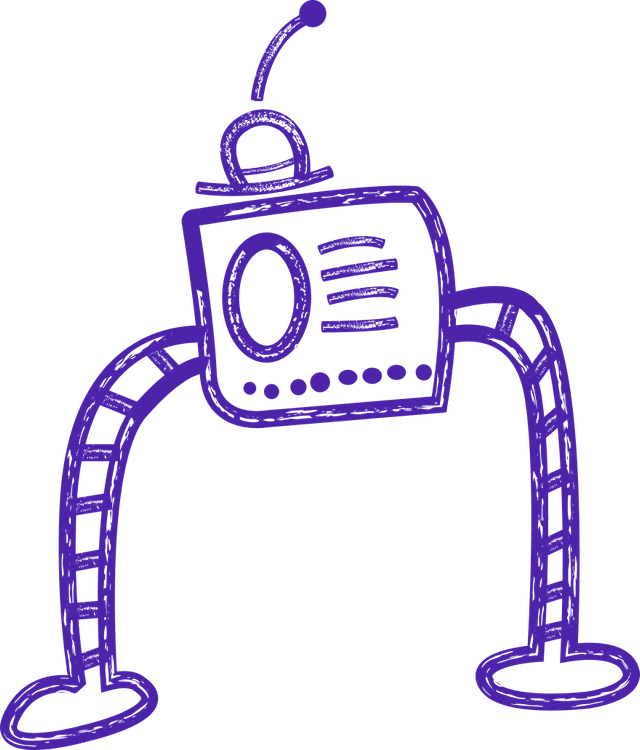
requirements management tool
Requirements Management Tools: The Cartographers of Software Development
In the bustling cityscape of software development, requirements management tools are like skilled cartographers, mapping out the route for successful project completion. They play an instrumental role in ensuring that teams navigate the complex terrain of requirements with accuracy and efficiency.
Requirements management tools are specialized applications that assist in the collection, analysis, tracking, and revision of project requirements. Just as a cartographer would detail every contour and landmark on a map, these tools create a comprehensive blueprint of what the project entails and how it should be executed.
These tools facilitate a clear understanding of the project's scope, aiding in the identification of tasks, milestones, and potential challenges. They establish a common ground for all stakeholders, ensuring that everyone involved understands the project's objectives and deliverables. In essence, they help to eliminate the dreaded question that often surfaces midway through a project: "Wait, what are we supposed to be doing again?"
But the benefits of requirements management tools go beyond mere clarity. They foster collaboration, aid in resource allocation, help mitigate risks, and provide a means to track project progress. By providing a central repository for all project requirements, these tools enable teams to work in harmony, even when they are spread across different geographical locations.
From small-scale projects in fledgling startups to multi-year ventures in established corporations, requirements management tools are a ubiquitous presence. They're the unsung heroes that help to transform a collection of ideas into a tangible software product.
However, like any powerful tool, these applications require skilled hands to guide them. Effective use of a requirements management tool requires thorough understanding, careful planning, and consistent updating to ensure the project map remains accurate and effective.
And with that, we conclude our voyage into the world of requirements management tools. But before we part ways, let's finish with a code snippet, a small nod to our subject:
class Project:
def __init__(self, requirements):
self.requirements = requirements
def success(self):
for requirement in self.requirements:
if not requirement.fulfilled:
return False
return True
This little piece of code encapsulates the essence of a project. All requirements must be fulfilled for it to be considered a success. Much like how a requirements management tool operates, isn't it?
Requirements management tools are specialized applications that assist in the collection, analysis, tracking, and revision of project requirements. Just as a cartographer would detail every contour and landmark on a map, these tools create a comprehensive blueprint of what the project entails and how it should be executed.
These tools facilitate a clear understanding of the project's scope, aiding in the identification of tasks, milestones, and potential challenges. They establish a common ground for all stakeholders, ensuring that everyone involved understands the project's objectives and deliverables. In essence, they help to eliminate the dreaded question that often surfaces midway through a project: "Wait, what are we supposed to be doing again?"
But the benefits of requirements management tools go beyond mere clarity. They foster collaboration, aid in resource allocation, help mitigate risks, and provide a means to track project progress. By providing a central repository for all project requirements, these tools enable teams to work in harmony, even when they are spread across different geographical locations.
From small-scale projects in fledgling startups to multi-year ventures in established corporations, requirements management tools are a ubiquitous presence. They're the unsung heroes that help to transform a collection of ideas into a tangible software product.
However, like any powerful tool, these applications require skilled hands to guide them. Effective use of a requirements management tool requires thorough understanding, careful planning, and consistent updating to ensure the project map remains accurate and effective.
And with that, we conclude our voyage into the world of requirements management tools. But before we part ways, let's finish with a code snippet, a small nod to our subject:
class Project:
def __init__(self, requirements):
self.requirements = requirements
def success(self):
for requirement in self.requirements:
if not requirement.fulfilled:
return False
return True
This little piece of code encapsulates the essence of a project. All requirements must be fulfilled for it to be considered a success. Much like how a requirements management tool operates, isn't it?





